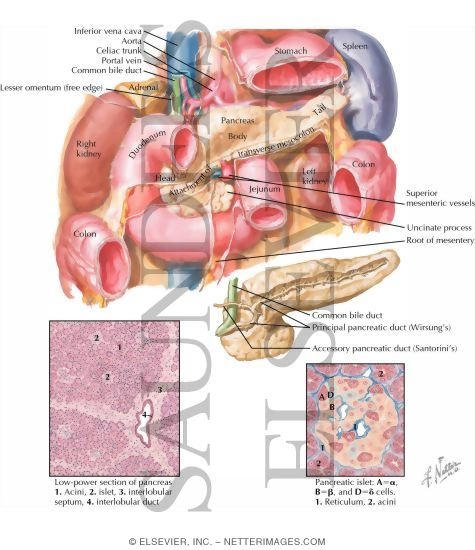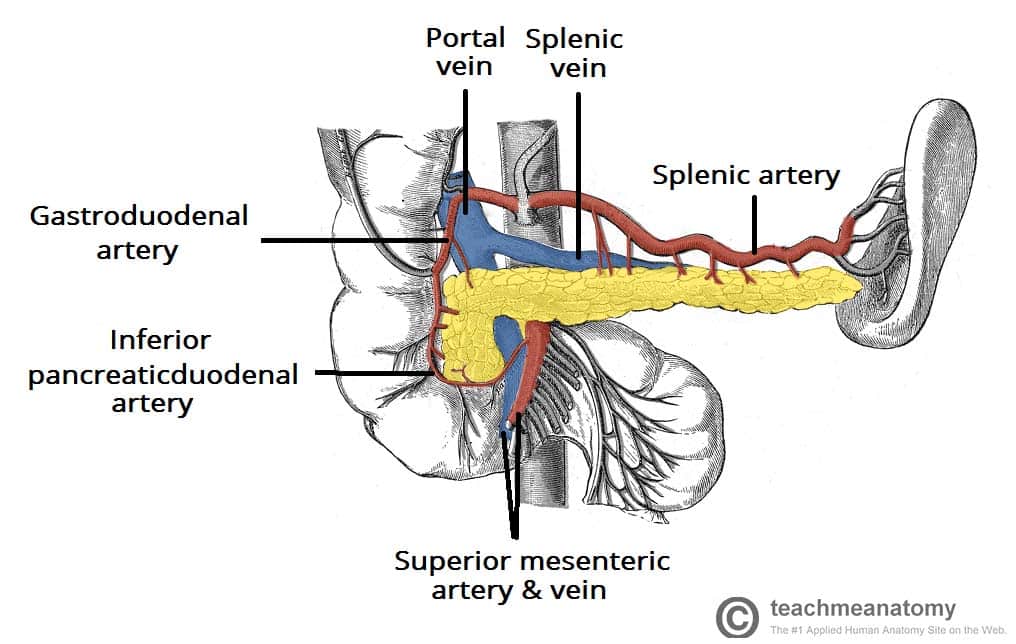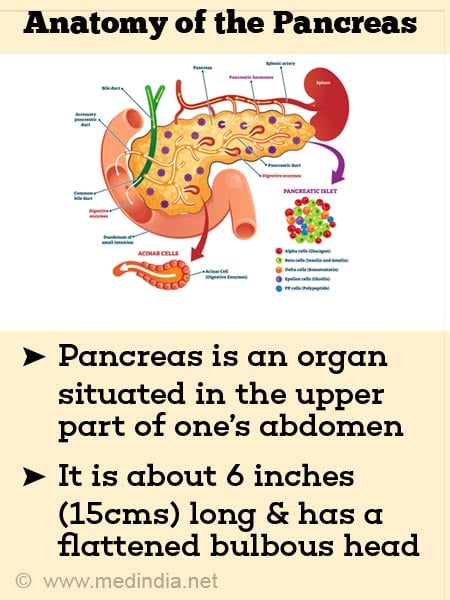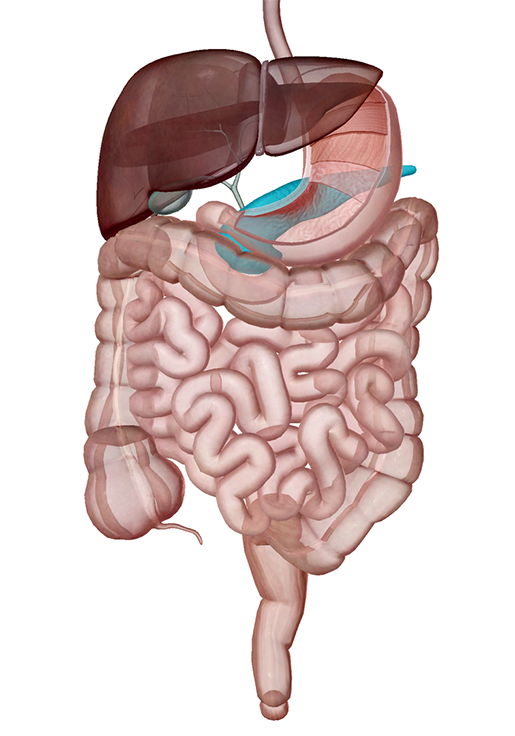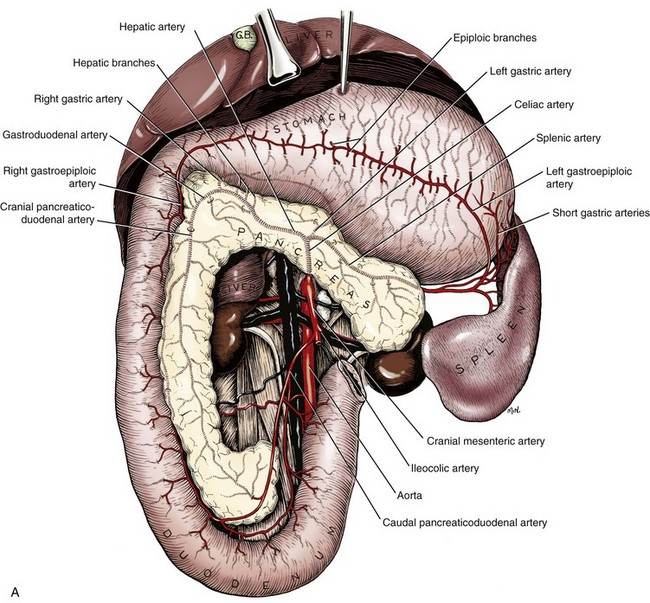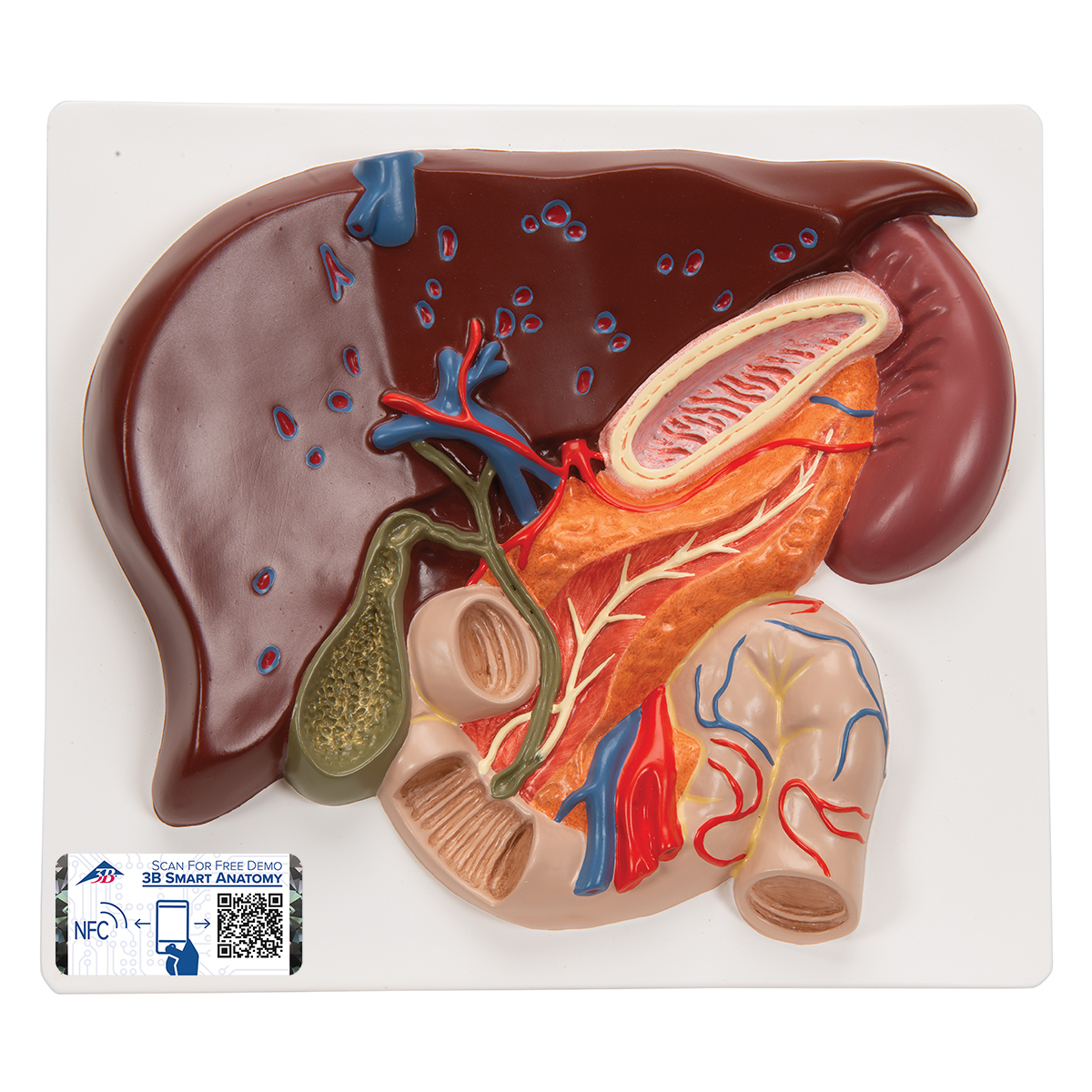The pancreas is a gland located in the abdomen, behind the stomach. It is about 6 inches long and shaped like a flat pear. The pancreas has two main functions: it produces hormones such as insulin and glucagon, which help regulate blood sugar levels, and it produces enzymes that aid in digestion.
The pancreas has two main parts: the exocrine portion, which makes up about 80% of the gland, and the endocrine portion, which makes up the remaining 20%. The exocrine portion of the pancreas produces and releases digestive enzymes into the small intestine through a system of ducts. These enzymes help to break down fats, proteins, and carbohydrates in the food we eat.
The endocrine portion of the pancreas, also known as the islets of Langerhans, produces hormones that regulate blood sugar levels. The main hormone produced by the pancreas is insulin, which helps to lower blood sugar levels by helping cells in the body use glucose for energy. Another hormone produced by the pancreas is glucagon, which helps to raise blood sugar levels by stimulating the liver to convert stored glycogen into glucose.
The pancreas also has a rich blood supply, with arteries and veins that bring oxygen and nutrients to the gland and carry away waste products. The main artery supplying blood to the pancreas is the splenic artery, which branches off from the celiac artery. The veins of the pancreas drain into the portal vein, which carries blood from the digestive organs to the liver.
Problems with the pancreas can lead to serious health issues. One common problem is pancreatitis, which is inflammation of the pancreas. This can be caused by a blockage of the ducts that carry digestive enzymes, or it can be caused by excessive alcohol consumption. Another problem with the pancreas is diabetes, which is a disease in which the body does not produce enough insulin or does not use it effectively. This can lead to high blood sugar levels and a variety of related health problems.
In conclusion, the pancreas is a vital gland located in the abdomen that has both exocrine and endocrine functions. It produces hormones that regulate blood sugar levels and enzymes that aid in digestion. Problems with the pancreas can lead to serious health issues such as pancreatitis and diabetes.
